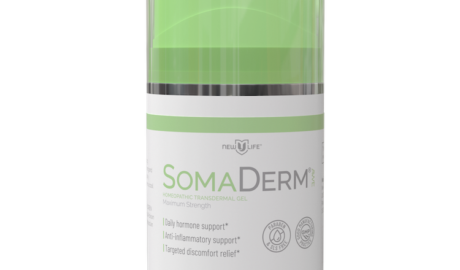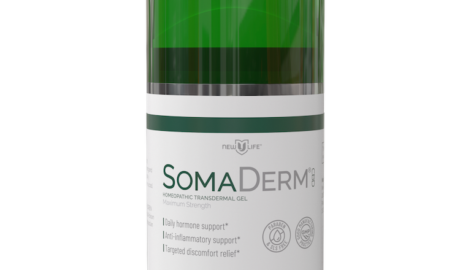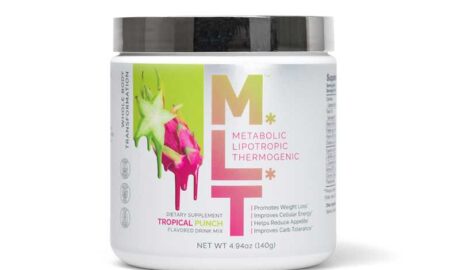Since the beginning of the bird flu outbreak nearly three years ago, state and federal departments of agriculture have had one goal in mind: Maintain consumer confidence—as tens of millions of birds are culled and taxpayers bear the cost of industry bailouts. Every new media report of an infected dairy herd, poultry flock, or farm worker comes with the ubiquitous industry-approved mantra, “Don’t worry, the meat and the milk are safe.”
But this messaging deflects from the production methods that have enabled the virus to spread in ways yet to be fully understood. Case in point: on November 19, a California child with no known contact with an infected animal tested positive for avian influenza and, just seven days before that, a previously healthy teenager in British Columbia was hospitalized in critical condition with the virus. Investigators are still unsure how the patients acquired it. And with highly pathogenic avian influenza now infecting pigs, we are one step closer to the next pandemic.
Pigs can foster the creation of a more virulent and transmissible human pathogen due to their ability to harbor both avian and human influenza viruses. Yet, officials continue to dismiss those voicing concerns, calling for more subdued messaging so as not to foster panic—and time and time again, the industry narrative is refuted. We were told the virus doesn’t spread from cow to cow; that was quickly proven false. In June, U.S. Secretary of Agriculture Tom Vilsack told scientific experts the virus would just “burn itself out,” only to have the virus explode in California a few months later.
We’ve seen this type of thinking before. It’s reminiscent of Stockton Rush’s ominous assurances before the doomed Titan sub made its final descent in June 2023. The leader of the private sea exploration firm, Oceangate, told his former director of marine operations David Lochridge, “No one is dying.”
But, footage of piles of dead cows awaiting pickup by rendering trucks on California roadways has inspired further questioning. It brings to light the dire consequences of this unprecedented outbreak. And we have a right to know what is happening.
Our food systems, heavily dominated by concentrated animal feeding operations, facilitate the spread of pathogens. In crowded and filthy conditions, turkeys and chickens (as well as other farmed animals and human workers) are vulnerable to diseases like bird flu. Meanwhile, our exploitation of animals, both farmed and wild, on a massive scale is putting public health at immense risk. In fact, over 75% of emerging human pathogens are zoonotic in origin.
Read More: Is It Time to Worry About Bird Flu?
After learning the unsavory truth about the industry, informed consumers are beginning to become conscientious objectors to the oppression of our fellow animals by avoiding products derived from their exploitation. Despite fluctuations in consumer demand, animal agriculture receives billions of dollars of public support to ensure its survival in the face of changing consumption habits. In fact, 73% of dairy profits come from some form of subsidy, according to a 2015 report made for the dairy industry.
When animal welfare or public safety concerns make headlines, the industry responds with claims that it is highly regulated. But just who is regulating it?
The United States Department of Agriculture (USDA) is known to be friendly to agribusiness and knows that transparency about the harsh realities of infectious disease outbreaks would diminish consumer trust and threaten its prime directive: To expand markets for producers. The actual animal welfare and public health disaster is often handled with the callousness and obfuscation emblematic of an industry that profits from separating mothers from their babies to sell cows’ milk to misguided human consumers.
Veterinarians take an oath to protect animal welfare and public health and play a key role in mitigating disease threats. But veterinarians have been silenced, threatened, and even fired for not toeing the industry line during this unprecedented bird flu outbreak.
Producers always claim they treat their animals well because healthy, happy animals are the most profitable. But when those same animals succumb to infectious diseases, adverse weather events, natural disasters, or predator attacks, they shirk their responsibilities, and the public is forced to foot the bill.
Most businesses would pivot when faced with recurring disruptions and losses or when they forecast high levels of risk on the horizon—but not animal agriculture. Instead of using innovation to shift to responsible and resilient animal-free food production, they can rely on government handouts, $38 billion a year according to a study by U.C. Berkeley’s Sutardja Center for Entrepreneurship & Technology, to enable their current business model.
Instead of using technology to create more ethical food production methods, these advancements have brought us genetic selection, milking robots, vaccines, antibiotics, and hormones, advancing us toward a dystopian future wherein animals are forced to produce more meat, milk, and eggs than nature ever intended.
As this recent, unprecedented multi-species outbreak shows, our dependence on mass-produced animal protein has entered us into an ever-escalating arms race against nature. Our adversaries are pathogenic viruses and bacteria that are constantly evolving and becoming resistant to pharmaceutical interventions.
Every few years, another major crisis arises in the animal-based protein industry. Each time it happens, the sector seems bewildered and caught, yet again, completely off-guard. Like the Oceangate team, these multibillion-dollar businesses are in denial, ignoring numerous red flags while doggedly carrying on with the same outdated method of protein production. Instead of welcoming diverse perspectives and reflecting on their model, they retaliate against those of us who voice concerns, labeling critics “extremists” out to cause the industry harm and take away our food choices.
It’s a business model that incentivizes secrecy and inhumane practices. In 2015, producers and officials struggled to figure out ways to exterminate massive flocks quickly as an outbreak of bird flu led to the extermination of an estimated 50 million commercially raised poultry across the U.S. As the COVID-19-induced bottleneck closed slaughterhouses due to worker illnesses, pig producers resorted to sealing up buildings, pumping in heat and steam, and waiting hours for their excess pigs to die in a process known as ventilation shutdown plus (VSD+). The American Veterinary Medical Association (AVMA) states that VSD+ should be reserved for only “constrained circumstances,” but when bird flu struck again in 2022, the poultry industry’s failure to plan led VSD+ to become one of the most commonly used methods of killing. What’s more, taxpayers were forced to bail out producers while those same billion-dollar companies made record profits. It’s a system that rewards businesses that act in irresponsible and callous ways toward the animals with a recklessness that also jeopardizes public safety and the health of workers.
We need to come to terms with the reality that our public health is threatened by an ever-evolving virus that has already infected dozens of people, with 7% of farm workers showing evidence of infection. Our economy is also at risk: 3.5% of the U.S. Gross Domestic Product is tied to the dairy industry’s precarious production method.
While individual consumers’ choices are often at the mercy of industry marketing, businesses can base their decisions on a thorough analysis of strengths, weaknesses, opportunities, and threats. Those dependent on animal-based ingredients must look to the future and start replacing animal-based with animal-free protein in their products, not only for their financial security but for public and planetary health.
Let’s learn from the fate of other public health disasters, get out before it’s too late, and end our dependence on this industry before the walls close in.






